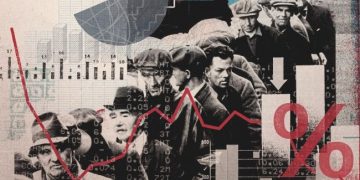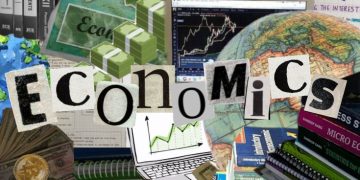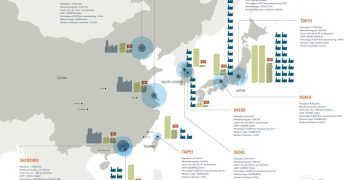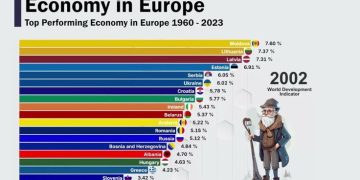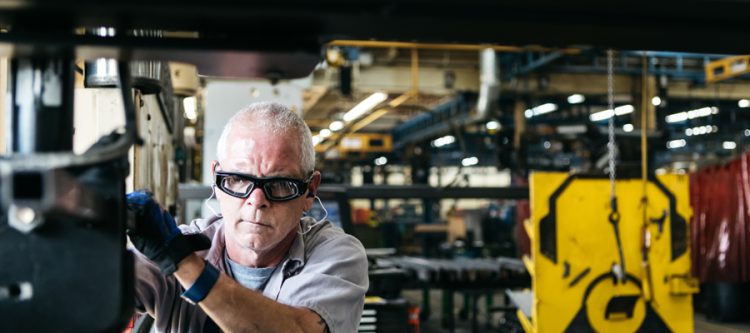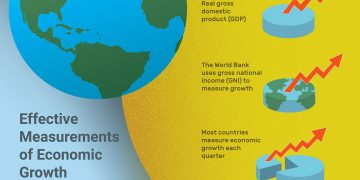Recent data revealing a rebound in the U.S. manufacturing index have sparked intense debate among economists, investors, and policymakers. After several turbulent years marked by global supply chain disruptions, rising inflation, labor shortages, and geopolitical uncertainties, this apparent resurgence prompts a critical question: Is the manufacturing sector merely experiencing a short-term cyclical bounce, or is it embarking on a deeper, structural recovery that could reshape its long-term trajectory?
The Current Landscape: Challenges and Recovery Signals
The U.S. manufacturing sector has faced profound challenges since the onset of the COVID-19 pandemic. Lockdowns and factory shutdowns disrupted production, while global logistics bottlenecks delayed deliveries of essential components. Inflationary pressures, fueled by soaring commodity prices and supply constraints, have squeezed profit margins. Additionally, labor market tightness, with widespread skill shortages and rising wages, has complicated efforts to scale production efficiently.
Despite these headwinds, recent indicators suggest a rebound. The Institute for Supply Management (ISM) Manufacturing PMI, a key gauge of sector health, has edged higher in recent months, signaling expanding activity. New orders have increased, and capacity utilization rates show tentative improvement. Industrial production statistics also point to greater output, supported by easing supply chain pressures in certain subsectors and growing demand domestically and abroad.
Why This Could Be a Short-Term Bounce
Several factors caution against interpreting these signs as evidence of a full structural turnaround:
- Inventory Restocking: Companies depleted inventories during previous downturns and are now replenishing stock levels. This cyclical inventory rebuild can temporarily inflate production figures without indicating sustained end-user demand growth.
- Pent-Up Demand Release: Consumer spending patterns shifted dramatically during the pandemic, and some sectors may be experiencing a transient surge as delayed purchases materialize.
- Seasonal Variations: Manufacturing output often fluctuates with seasonal cycles, and recent improvements could partly reflect such normal seasonal upticks.
- Fiscal Stimulus Effects: Government support programs and stimulus measures can induce short-lived demand spikes that do not translate into longer-term trends.
- Lingering Global Uncertainties: Continued geopolitical tensions, inflation volatility, and potential new COVID-19 variants introduce risks that could quickly derail nascent gains.
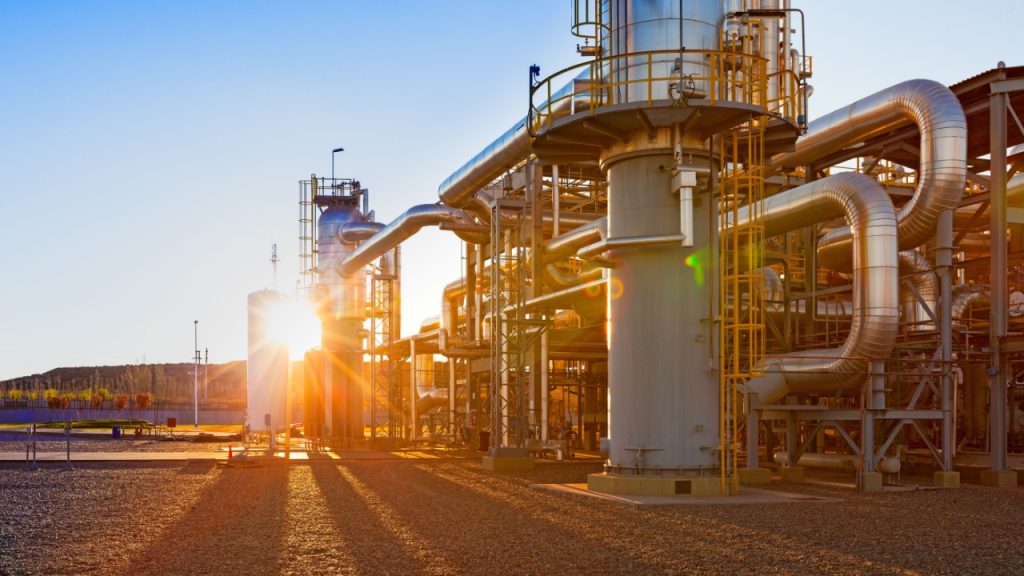
Arguments Supporting Structural Recovery
Conversely, multiple structural factors underpinning a more durable manufacturing revival are emerging:
- Supply Chain Resilience and Diversification: Companies have invested heavily in diversifying supply sources, nearshoring, and adopting digital supply chain management technologies, reducing vulnerabilities to future shocks.
- Technological Modernization: Adoption of Industry 4.0 innovations—including robotics, artificial intelligence, and the Internet of Things—is accelerating productivity gains, lowering production costs, and enabling more flexible manufacturing systems.
- Reshoring and Strategic Autonomy: Rising geopolitical frictions and trade uncertainties have prompted a renewed emphasis on domestic manufacturing capabilities, particularly in critical sectors such as semiconductors, pharmaceuticals, and clean energy technologies.
- Robust Labor Market Fundamentals: Despite skill shortages, strong wage growth supports consumer demand, which in turn fuels orders for manufactured goods.
- Infrastructure and Green Energy Investments: The U.S. government’s infrastructure plans and clean energy initiatives are expected to stimulate demand for machinery, materials, and advanced manufacturing, driving longer-term sector expansion.
Implications for Investors and Policymakers
Distinguishing between a cyclical rebound and structural recovery carries significant implications:
- For Investors: Monitoring capital expenditures, order backlogs, capacity utilization, and labor market trends will be critical to gauge sustainability. A structural recovery supports more aggressive positioning in industrials and manufacturing-related equities and credit.
- For Policymakers: Supporting workforce development, incentivizing innovation, and ensuring supply chain robustness are key to reinforcing positive structural shifts and mitigating downside risks.
- For Businesses: Balancing short-term operational agility with long-term investments in automation, talent acquisition, and supply chain diversification is essential to capitalize on evolving dynamics.
Conclusion
The recent uptick in the U.S. manufacturing index embodies a complex interplay of cyclical and structural forces. While certain data points suggest a technical rebound driven by inventory restocking and temporary demand surges, underlying trends in technology adoption, supply chain reconfiguration, reshoring, and government policy provide grounds for cautious optimism about a more durable recovery.
Ultimately, the trajectory of U.S. manufacturing will hinge on how these structural factors evolve amid ongoing economic uncertainties. The coming quarters will be pivotal in determining whether the sector can sustain momentum and translate short-term gains into a renewed era of robust industrial growth, which is vital not only for the U.S. economy but for global trade and investment patterns as well.








